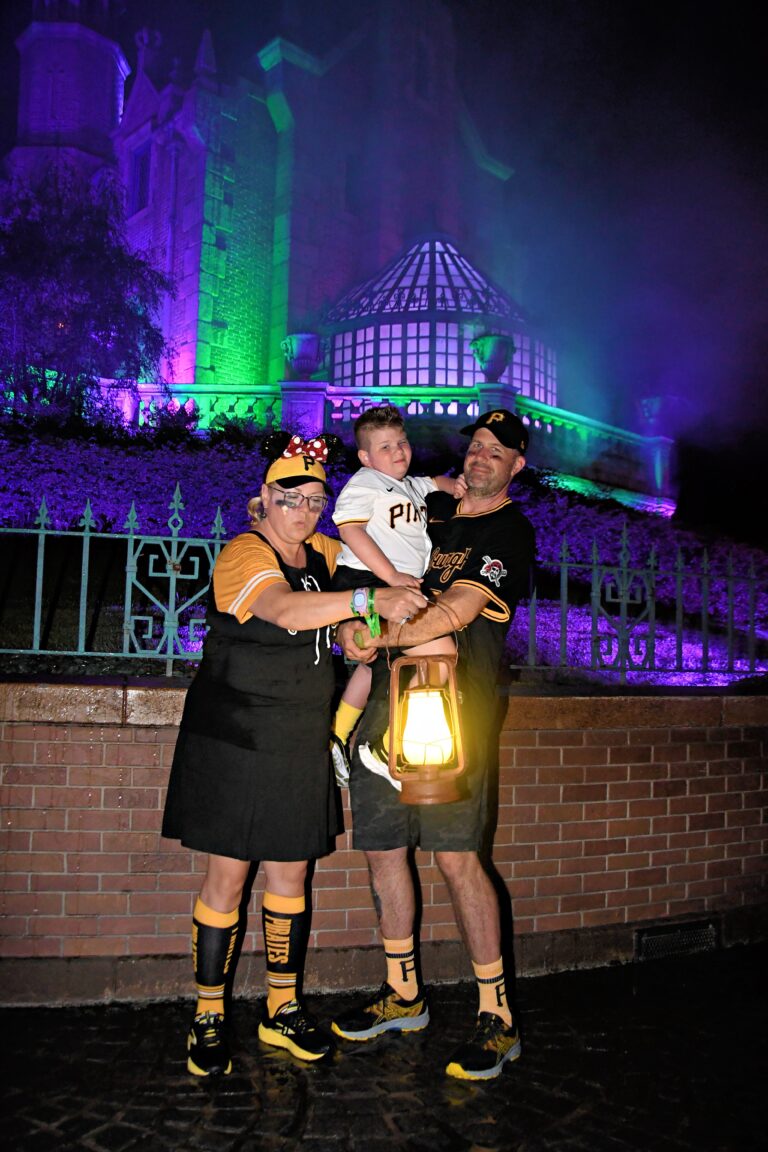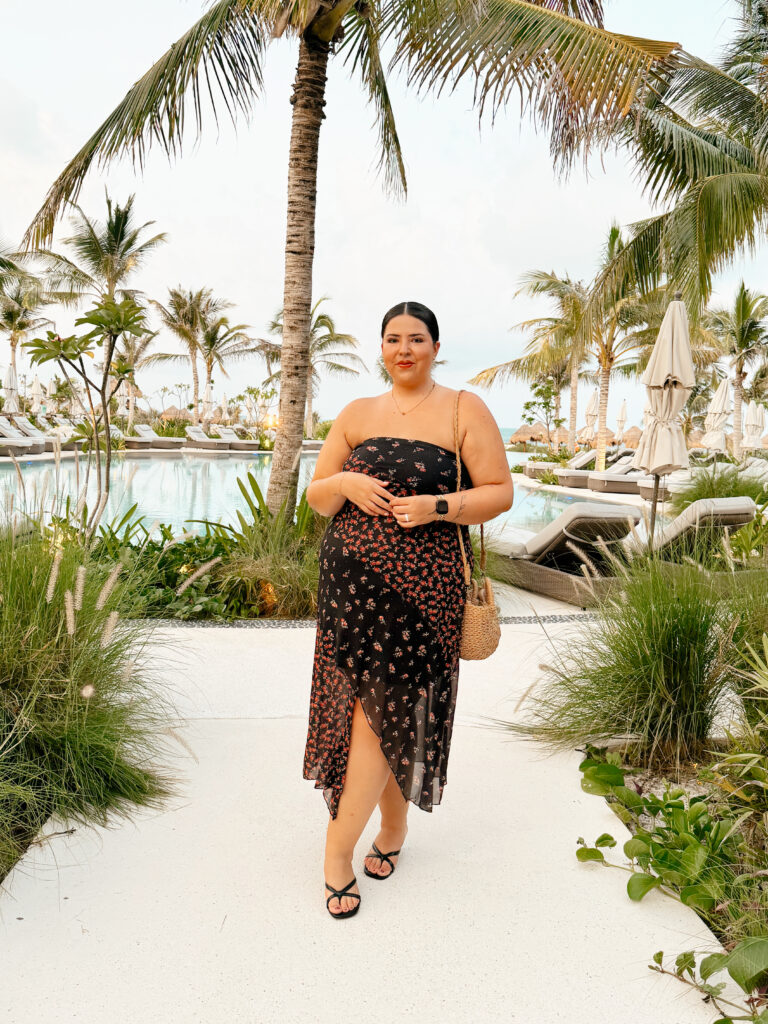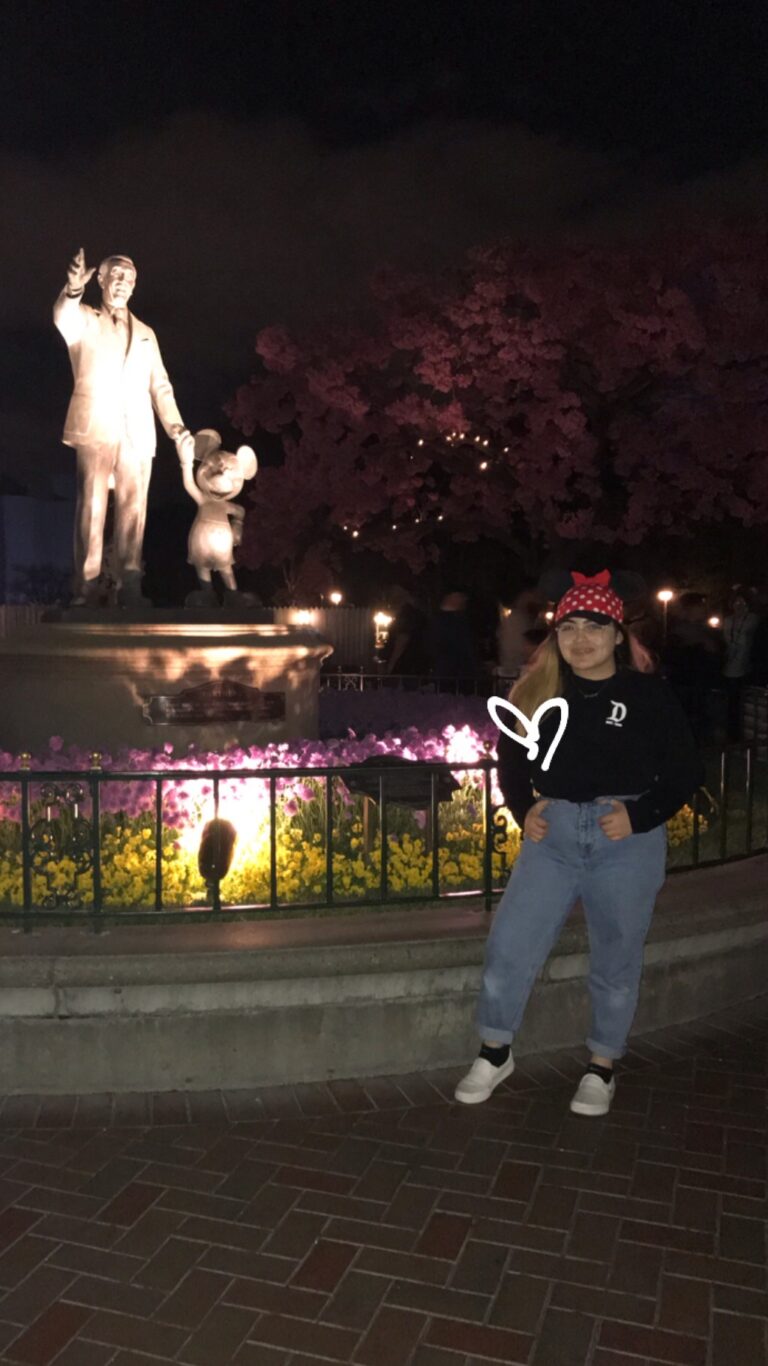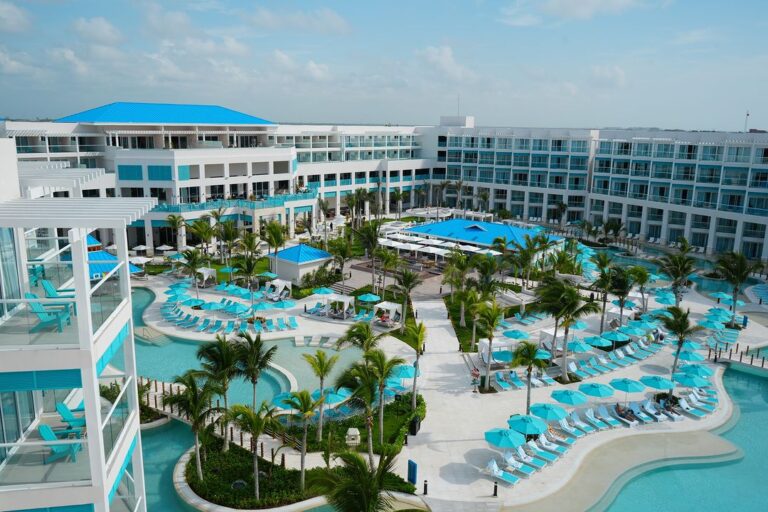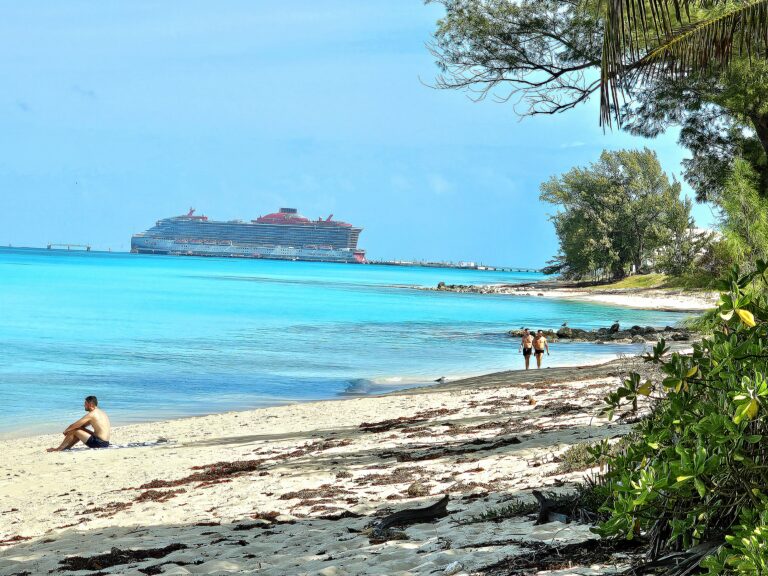Overview
Introduction
Giant pearls once lured adventurers to Margarita Island. Today, the pearls are mostly gone, and it's the dazzling sunsets, duty-free shops and powdery beaches that attract the crowds. This Caribbean isle (23 mi/38 km off the northeast coast of Venezuela) is a mecca for funseekers from mainland Venezuela and other parts of the world as well. Some cruise ships, most on southern Caribbean voyages, also call at the island, whose official name is Isla de Margarita.
The bustling business center of Margarita is Porlamar (a contraction of Puerto de la Mar—or Port of the Sea). It's located on the southeastern side of the island, which is also where most of the island's other towns and nearly all of its residents are located. (The western side is more arid and sparsely populated.) Tourism fuels the island's economy, so you'll find a very pleasant scene almost everywhere you go: Roving waiters at beaches proffer cocktails, and seaside restaurants serve up fish fresh from the ocean.
You can trace the island's colonial history in its old churches and fortresses or venture into the mangroves to spot rare birds, including scarlet ibis, frigate birds and parrots. There are still some isolated, undeveloped stretches of sand, if you want to escape civilization.
The most popular beach on Margarita is probably Playa El Agua, which is not recommended during national holidays or on long weekends. Other beaches of note are Playa Guacuco, Playa El Tirano and Playa Parguito.
About 25 minutes from Porlamar is the town of Juan Griego, where you can enjoy many of the pleasures of Margarita in a more relaxed environment. Visitors also go there for the renowned sunsets and excellent seafood restaurants along the beach adjoining the town.
Must See or Do
Sights—The center of Pampatar with its two colonial forts and other historic buildings, unique shops and art galleries; the Catedral La Asuncion (the oldest church in Venezuela); the view from the colonial-era Castillo Santa Rosa; sunsets from Juan Griego; colorful water birds at Parque Nacional Laguna de la Restinga.
Museums—Seashells, skeletons and more at Museo Marino; the sculptures, paintings and serigraphs of the native-son namesake of the Museo de Arte Contemporaneo Francisco Narvaez; the beautiful ship models of Museo Nueva Cadiz; the incredible collection of donated jewels, charms and other gifts to the state's patron saint, Virgen del Valle, in Museo Diocesano; the largest private collection of butterflies in Venezuela (more than 52,000) in the Museo de Mariposas.
Memorable Meals—Any of the creative Margarita cooking at La Casa de Esther; thinly sliced smoked salmon in the delightful tree-houselike setting of De Nacar—Casa del Salmon; candlelight dining at Las Brisas.
Late Night—Kamy Beach disco—the site for rumberos (party animals) to see and be seen; Latin music at Bongo Beach; listening to the soft jazz and conversing over wine and appetizers on the candlelit terraces of Guayoyo; gaming and taking in the shows until the sun comes up at the glittering Gran Casino Margarita.
Walks—Exploring the center of Pampatar's historic area; strolling down the length of Playa El Agua; window-shopping in the enormous Sambil mall or along Avenidas Santiago Marino and 4 de Mayo in Porlamar.
Especially for Kids—Giant water slides, a slow-moving river for floating on inner tubes, and other aquatic attractions at Parque El Agua; the huge amusement park at Diverland; swimming with dolphins and seals or watching shows at Waterland.
Geography
Margarita Island is the largest of the islands that compose Neuva Esparta and where the majority of the population is concentrated. Shaped something like a butterfly, it was initially two islands. The main part to the east is joined with the sparsely populated Macanao Peninsula by a narrow isthmus where one finds Parque Nacional Laguna de La Restinga. Its lagoon is full of water birds and islands of mangroves, and the outer bank presents an inviting beach (the longest on the island, extending for 12 mi/20 km) covered with pulverized fossils. Of the state's 189 mi/315 km of coastline, 56 mi/93 km are beaches.
Porlamar is the largest town and principal tourist target because of the hundreds of duty-free shops, numerous restaurants and lively night scene. Between there and Pampatar, 6 mi/10 km to the east, lie the majority of four- and five-star hotels. Pampatar, founded in the 1530s, is a quaint town with numerous historic landmarks. The tranquil capital, La Asuncion, was purposely established inland to protect against pirate attacks. Founded in 1565, it also boasts important colonial-era structures.
Each half of Margarita is centered by mountains. In the east, Cerro San Juan reaches 3,023 ft/930 m, and the range extends between El Espinal and Manzanillo. Cerro El Copey (declared a natural monument to conserve this important source of water) receives the greatest rainfall (35 in/91 cm per year). The highest point of the Macanao Peninsula is Cerro Macanao (2,438 ft/750 m).
History
Spanish conquistadors were first drawn to the island by the beds of oysters yielding oversized pearls. Marauding pirates also took an interest in the pearls, sparking the construction of massive forts along the island's coast. After the pearls were mostly gone, Margarita's importance to the Spanish crown waned. When Venezuela gained independence from Spain in 1821, Margarita became part of the new country. Along with the smaller islands of Cubagua and Coche to the south, the island of Margarita is part of the Venezuelan state of Nueva Esparta. (The first settlement in South America, founded in 1500, was on Cubagua at Nueva Cadiz. It was destroyed, however, by a tidal wave in 1541.) The islands were mostly ignored until the 1970s, when Margarita's beautiful beaches were recognized as a tourist draw. Today high-rise hotels and resorts, restaurants and nightclubs line the beaches, making Margarita the most popular vacation spot in Venezuela.
Snapshot
The year-round summer weather makes the numerous beaches lapped by warm water a key attraction, along with duty-free shopping, casinos, colonial forts and the oldest church in Venezuela. Handsome crafts such as hand-woven hammocks, excellent restaurants and the compact size of the island add to the charm.
Potpourri
Margarita Island takes its name from the Greek word for its early bounty: pearls.
Margarita is the largest of Venezuela's 72 islands. (Many are little more than specks of land peeking above the ocean.)
Christopher Columbus sighted Margarita on a voyage in 1498.
The first settlement by foreign colonizers in South America was established on the state's island of Cubagua in 1500.
The island has so little rainfall that its drinking water must be piped from the Venezuelan mainland.
Margarita has long been known as the duty-free port where Venezuelans could buy inexpensive clothing, durable goods and luxury items such as liquor, perfume, sound equipment, computers and cigarettes. This is no longer strictly the case. Although luxury items may continue to carry a lower price tag than in Caracas, apparel, for example, is often more expensive.
There is a tourist pilgrimage from the mainland to Margarita every time Venezuela celebrates a national holiday or long weekend. So if you want to avoid the crowds and enjoy more relaxed—even secluded—moments at beaches, restaurants and nightspots, it is highly recommended that you book your vacation to the isle during nonpeak periods and as far in advance as possible.
Location
The spectacular, large cruise-ship facility, Puerto de la Mar, is in the heart of Porlamar. Apart from the beautiful design with fountains and gardens, there is a huge gallery of duty-free shops, restaurants and other services. Furthermore, it is located directly beside the traditional downtown shopping area. Phone 0295-264-1635. http://www.puertodelamar.com.ve.
Newsstands in Porlamar sell maps of the island, but you can get them free at most hotels and at the information booth in the airport. The state tourism office, Corpotur, is located in the town of Los Robles. Phone 0295-262-2322, 0295-262-2514 or 0295-262-4194. http://www.corpoturmargarita.gov.ve.
Shore Excursions
Typical shore excursions take you to visit the exotic flora and fauna of Parque Nacional Laguna de la Restinga or on a Jeep safari to remote areas of the island.
Check with your travel agent for additional information. Keep in mind, too, that tours can be arranged once you are in port.














